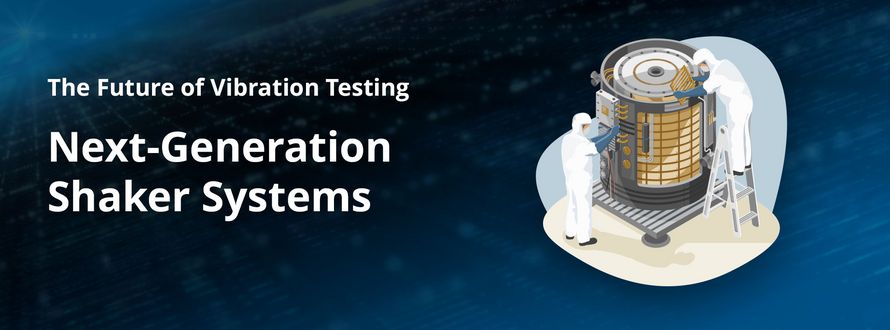In the aerospace and industrial sectors, hardware qualification is only as reliable as the testing infrastructure behind it. One of the most critical elements of this infrastructure is vibration testing—simulating the extreme mechanical loads that spacecraft, satellites, or sensitive industrial equipment experience during launch or operation in harsh environments.
Shaker systems—highly sophisticated electrodynamic or hydraulic test rigs—are designed to reproduce the vibrational stresses caused by rocket propulsion, aerodynamic turbulence, and deployment mechanisms. These systems subject components to controlled oscillations across multiple axes to reveal structural weaknesses long before hardware reaches its operational environment.
The Technical Challenge: Precision, Reliability, and Long-Term Availability
Modern shaker systems face several persistent engineering challenges:
- Real-Time Determinism: Test environments demand hard real-time responsiveness. Delays in signal processing or control loops can compromise data validity or damage hardware under test
- Complex Workloads: Shaker controllers must handle mixed workloads—ranging from high-frequency signal generation to safety-critical supervisory tasks—often under tight timing constraints
- Lifecycle Management: Industrial and space programs extend over decades, but commercial hardware evolves much faster. Maintaining compatibility, long-term availability, and system performance across hardware generations is non-trivial
- System Integration: Test facilities must balance legacy investments with the adoption of modern computing platforms. Migrating control systems without disrupting established interfaces or increasing latency is a key engineering challenge
Where SYSGO makes the Difference
SYSGO’s technologies—PikeOS for safe and secure real-time virtualization and ELinOS for embedded Linux—directly address these challenges.
- Real-Time and Safety-Critical Partitioning with PikeOS:
PikeOS provides a separation kernel that ensures critical control loops run in strictly partitioned, real-time environments while allowing non-critical tasks—such as logging, user interfaces, or monitoring—to coexist on the same hardware. This consolidation reduces system complexity while maintaining deterministic performance and functional safety. - Long-Term Embedded Linux Support with ELinOS:
For non-critical but still performance-sensitive components of shaker control, ELinOS offers a robust, customizable Linux environment tailored for embedded systems (e.g. as guest operating system on top of PikeOS). Its long-term support and flexible BSP (Board Support Package) integration streamline hardware migrations and safeguard against obsolescence. - Smooth Hardware Transition:
In projects such as upgrading from legacy control platforms to modern COTS hardware, SYSGO ensures compatibility by preserving proven architectures like reflective memory networks while porting legacy software stacks. This minimizes disruption, guarantees continuity of operations, and reduces risk in mission-critical environments.
Why this is the best Solution on the Market
Unlike generic real-time or embedded solutions, PikeOS and ELinOS are engineered for high-assurance industries. Their strengths include:
- Hard real-time guarantees essential for vibration testing
- Safety Pre-Certification: The PikeOS separation kernel is pre-certified to IEC 61508 SIL 3/4 and provides the necessary partitioning to host critical applications alongside non-critical HMI components
- Security Assurance: Certified to Common Criteria EAL 5+, PikeOS ensures that the control system's architecture is fundamentally resilient against unauthorized access, protecting proprietary test data and ensuring the integrity of the shaker's operation
- Lifecycle stability and vendor support for long-term projects
- Hardware independence enabling future-proof scalability and smooth technology refreshes
The result is a solution uniquely positioned to meet the dual demands of industrial and space applications: Uncompromising performance and enduring reliability.
Future Outlook: Towards Smarter, Integrated Test Environments
Looking ahead, vibration testing systems will evolve alongside broader industry trends:
- Increased virtualization and consolidation, reducing hardware footprints and improving system efficiency
- Integration of AI-driven monitoring and predictive analytics, enhancing fault detection and test accuracy
- Cybersecurity as a first-class requirement, ensuring testing infrastructures remain resilient against evolving threats
- Closer coupling with digital twin environments, enabling real-time synchronization between simulation and physical testing
SYSGO’s PikeOS and ELinOS are well positioned at the core of this evolution, enabling engineers to design test infrastructures that are not only robust today but also adaptable for decades to come.

